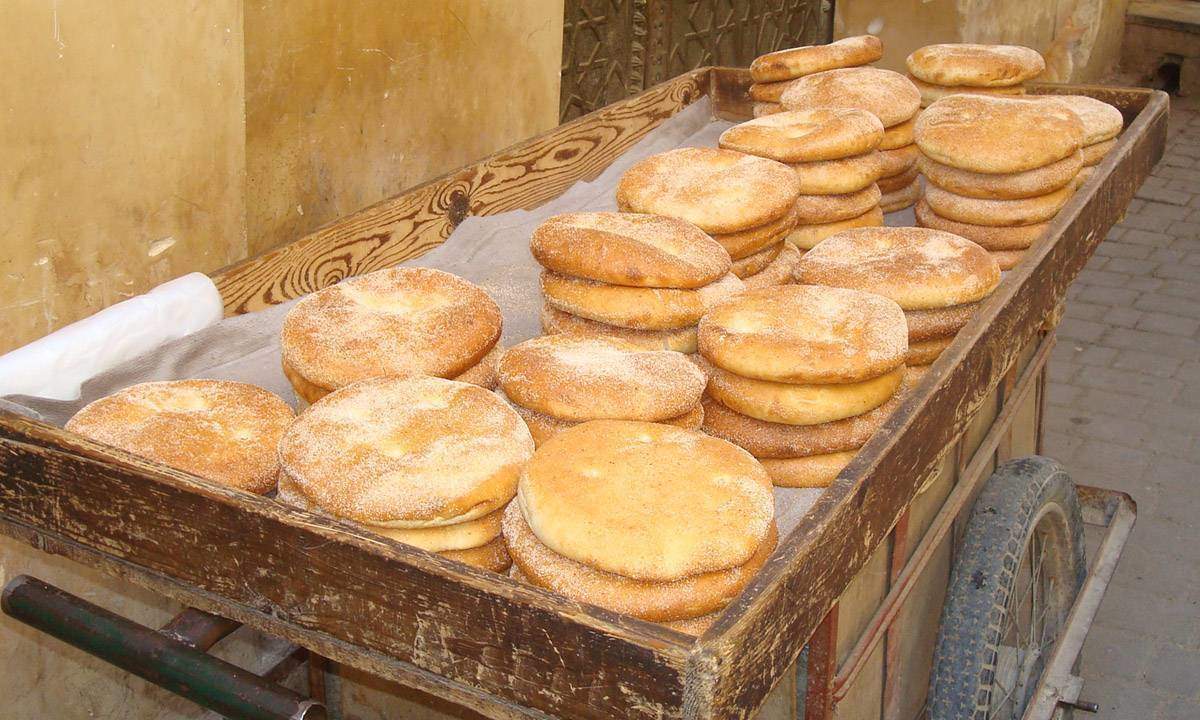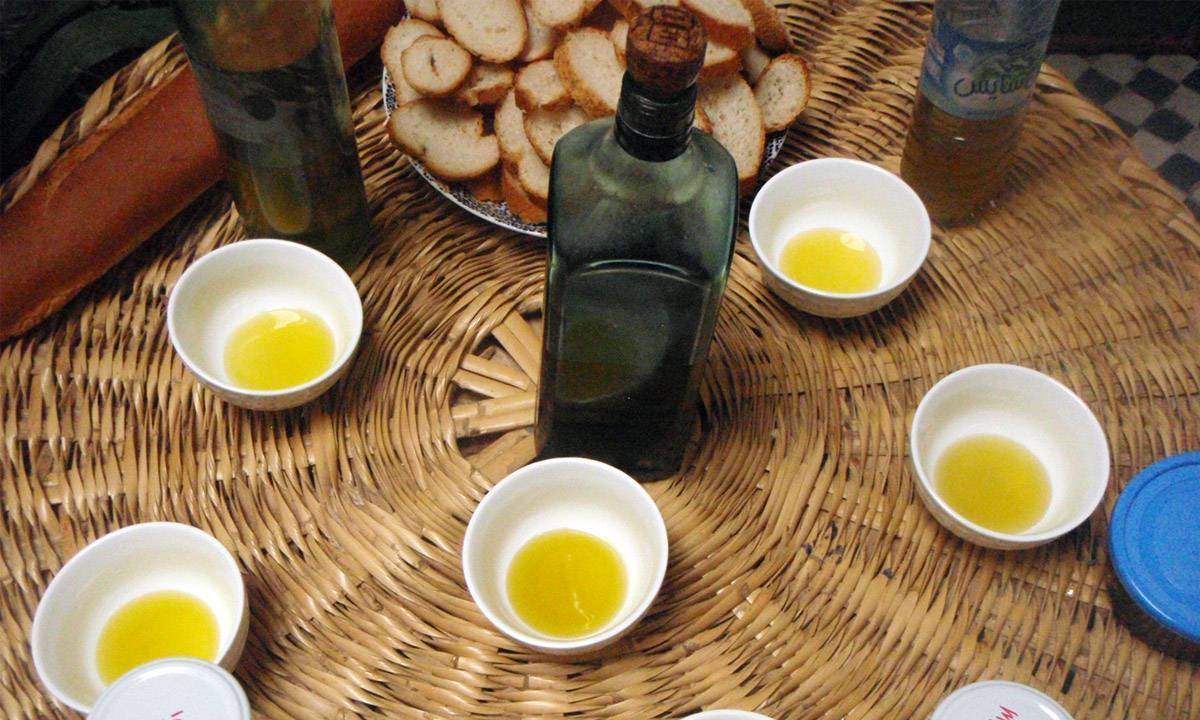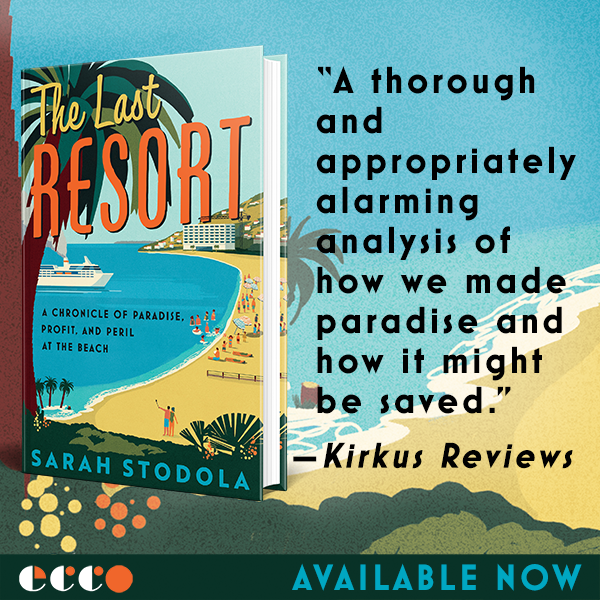Some conclusions are easy to make right up front, and this is one of them: Eating in Morocco is a delight. But on to the supporting evidence: The signature dishes tagine and couscous get their due praise, and desserts are varied and just right. Moroccans typically do but a few dishes, but they do them well. And while in this mostly dry country, it at first seems odd to dine out and not peruse the wine list, focusing on just the food turns out to be a refreshing experience.
Among all of the culinary joys, though, there are four foods in particular that in Morocco transcend any version I’ve experienced elsewhere in the world. A trip to this North African country without sampling any one of them would be a failed trip to this North African country. Here they are:
Olives



Olives were cultivated in Israel as far back as 5,000 BC., and in ancient Greece they held a central place in the culture. I visited both those countries within months of my trip to Morocco, and neither came close to holding their own against Morocco’s olives, which are juicy but firm and bear none of the medicinal-bitter taste that defines many of their lesser peers. Also, they’re everywhere, in stalls like the one pictured above.
Orange Juice
![Photo credit Adam Jones, Ph.D. (Own work) [CC BY-SA 3.0 (http://creativecommons.org/licenses/by-sa/3.0)], via Wikimedia Commons](http://flungmagazine.com/wp-content/uploads/2015/07/OJ-Stand-Morocco.jpg)
![Photo credit Adam Jones, Ph.D. (Own work) [CC BY-SA 3.0 (http://creativecommons.org/licenses/by-sa/3.0)], via Wikimedia Commons](http://flungmagazine.com/wp-content/uploads/2015/07/OJ-Stand-Morocco.jpg)
Bread



Moroccans eat a lot of bread. Moroccans never serve a meal without bread. For Moroccans, a breadless plate would be unthinkable. Moroccans take their bread seriously. This is how I, too, choose to live. The flat loafs pictured above are the most common–I was never served a meal without one. The substantial, almost crunchy crust breaks open to reveal a soft spongy inside, with just a hint of sweetness, perfect for sopping up tagine or eating on its own.
Argan Oil



In the southeastern region of the country, where almost all the world’s argan oil is made, Berber women have formed cooperatives in which they benefit collectively from the painstaking production process. My first taste of this Moroccan specialty came during dinner in a restaurant in the coastal town of Essouira that did not bend the rules for tourists (aka, no booze). All the better to focus on the subtle nutty taste of the argan oil, which is more commonly known around the globe as a beauty product, to the globe’s detriment.
-by Sarah Stodola
Feature image credit arvind grover (originally posted to Flickr as IMG_0721) [CC BY-SA 2.0], via Wikimedia Commons






